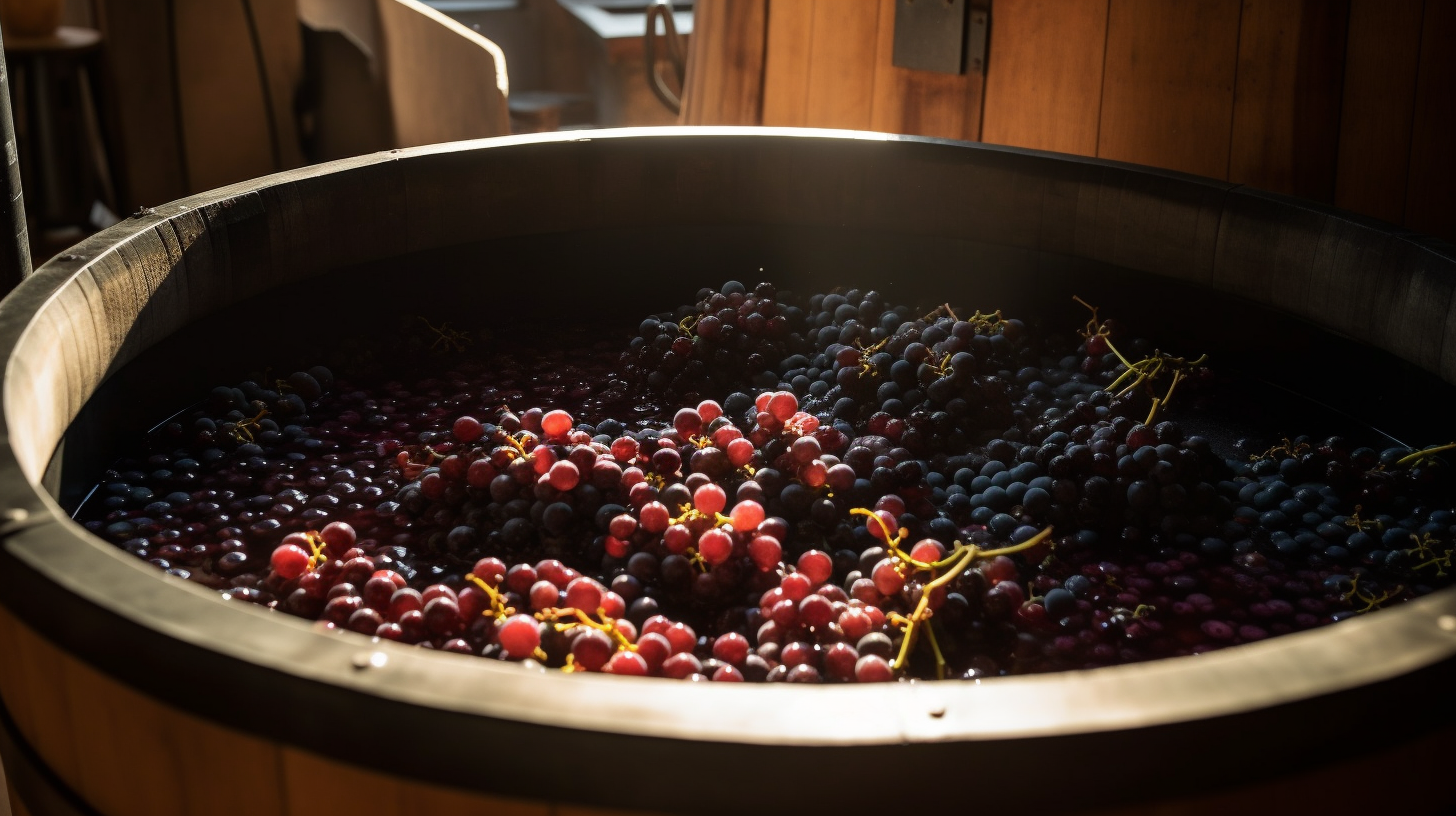
The Use of Chitosan in Winemaking
Chitosan is a natural compound that is increasingly being used in winemaking as a fining agent. Derived from the shells of crustaceans, such as shrimp or crab, chitosan offers winemakers an alternative to traditional fining agents like gelatin or egg whites.
Fining agents are used in winemaking to help clarify and stabilize the wine by removing undesirable compounds. These compounds can include excess tannins, proteins, and phenolic compounds that can affect the wine's flavor, aroma, and appearance. Chitosan, with its positively charged particles, attracts and binds to negatively charged particles, allowing them to be easily removed during the fining process.
One of the advantages of using chitosan in winemaking is its natural origin. It is biodegradable and doesn't leave behind any residual flavors or aromas in the wine. This makes it a popular choice for winemakers looking for natural and sustainable options.
Chitosan is especially effective in clarifying white and rosé wines, where it can help reduce bitterness, astringency, and color instability. It can also be used in red wines, although its impact may be less pronounced.
To use chitosan, winemakers typically dissolve it in a solution before adding it to the wine. The wine is then gently stirred to ensure even distribution. After a period of settling, the wine is racked or filtered to remove the sediment.
In summary, chitosan is a natural and effective fining agent increasingly used in winemaking. Its ability to clarify and stabilize wines without leaving behind residual flavors makes it an attractive option for winemakers seeking sustainable and environmentally friendly practices.
If you have a sensitivity to shellfish, ask us about alternate ingredients that can be used in making your wine.
- Water 'N' Wine Stellarton
